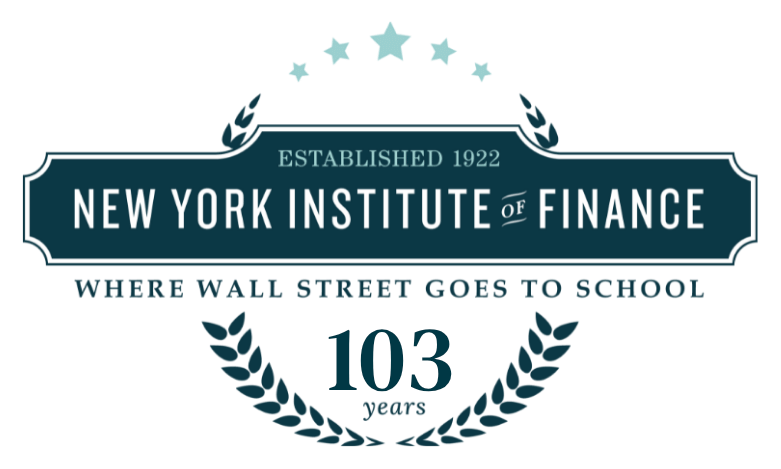Global Securities: Trading and Settlements
Participants gain an overview of the global security trade flow and receive a detailed examination of trading and settlement.
Module 1: Overview of Global Trading: Trends in the Global Markets
- Linked and merged exchanges
- Linked CSD's
- VMU
- CCP
- Order and instruction flow
Module 2: Participants
- Issuers, Transfer Agents and Registrars
- Investors
- Brokers
- Banks
- Clearing and Settlement facilities
- service Organizations
Module 3: Basic Valuation Techniques
- Marketplace structures: Exchanges, ECN, ATS, Floor vs. Electronic
- Participants: Market Makers, Specialists
- Advantages and disadvantages of the methods of execution: Order or Price Driven
- Trading Regulations: Types of Orders, Special Instructions, Unit of Trading, Required Information, Restrictive Markets
- Comparison of methods for equities, debt, derivatives and F/X
Module 4: Trade Processing
- Creating the trade confirmation and trade instructions
- Standard Settlement Instructions
- Instruction Flow and the VMU
Module 1: Defining the Clearance Process
- Matching
- Netting practices and the CCP
Module 2: Comparison of Clearance facilities
- Vendors
- Role of the Clearing House
- International Clearing Depositories (ICSDs)
- Government Securities and the Central Bank
Module 3: Comparison of clearance methods by instrument
- Equities
- Debt
- Derivatives
- Currency (F/X transactions)
Module 4: Defining the Settlement Process
- Physical vs. Book Entry Settlement
- Free or Delivery vs. payment
- Instruction Matching
- Securities transfer systems
- Funds transfer systems
Module 5: Settlement Risk Factors
- Delivery vs. Payment
- Depository Links: With payment system, with registrar
- Close Out Procedures: Penalties, Buy-in/ Sell-out procedures
- Settlement in the 'no-fail' markets
- Murphy's Law
Module 6: Risk Assessment and Management
- Basel II Accord
- Three Pillars: Minimum Capital Requirements, Supervisory Review Process, Market Discipline
- Credit Risk
- Operational Risk
- Market Risk
